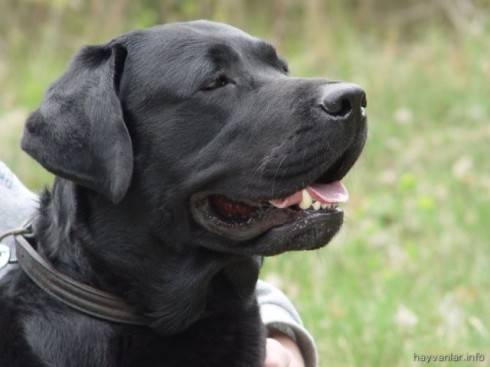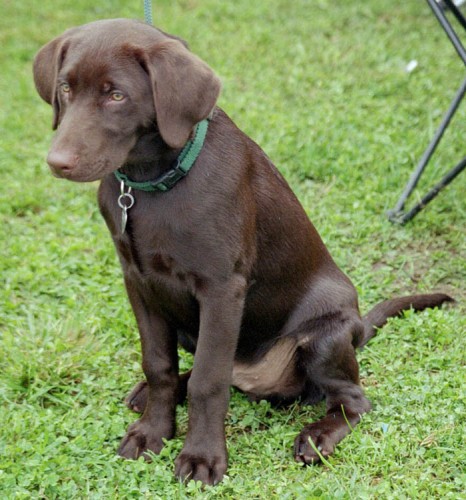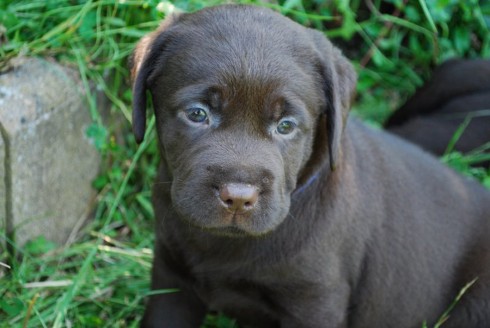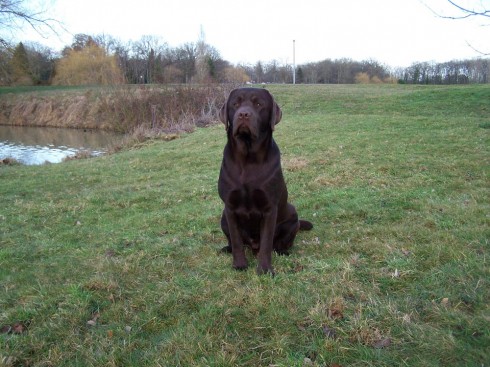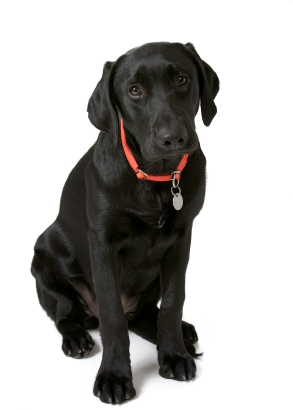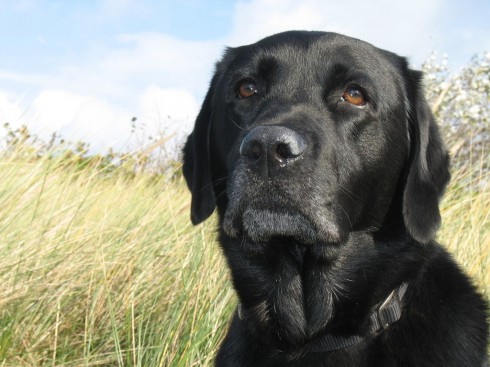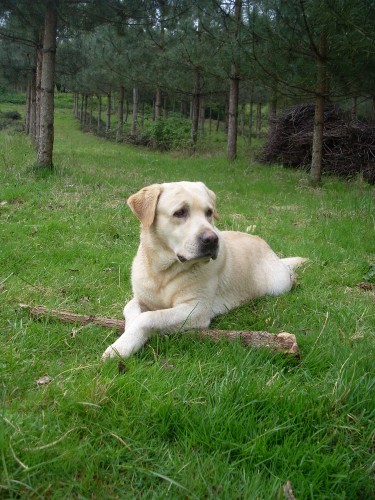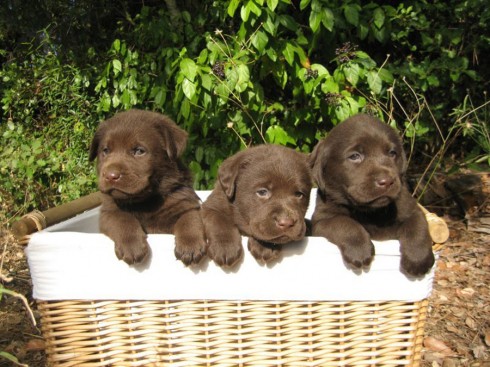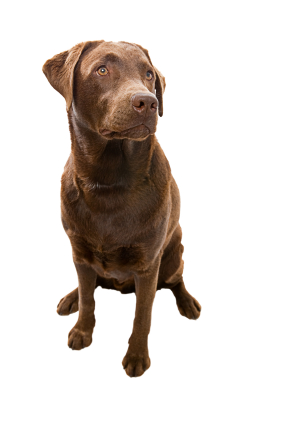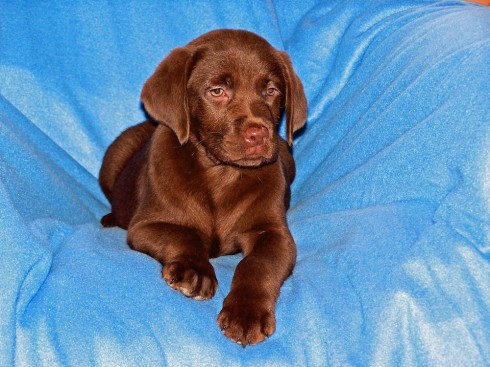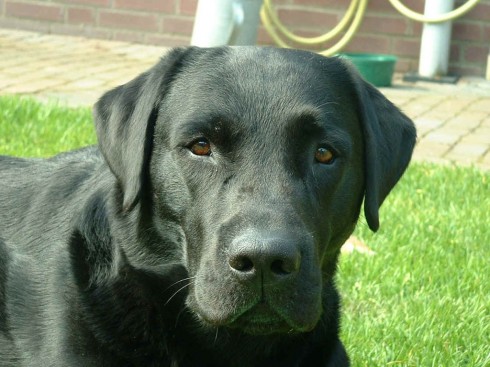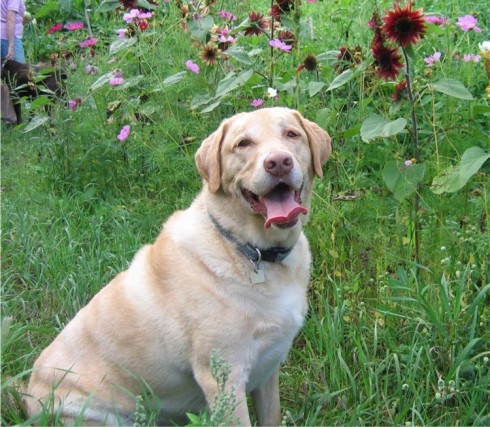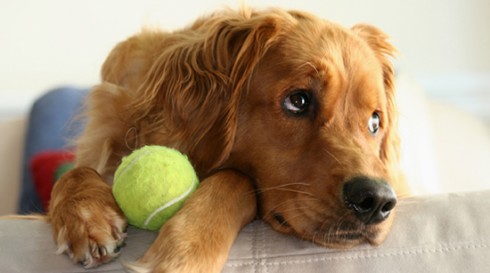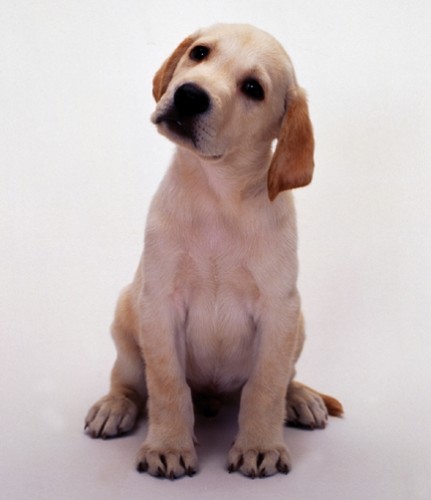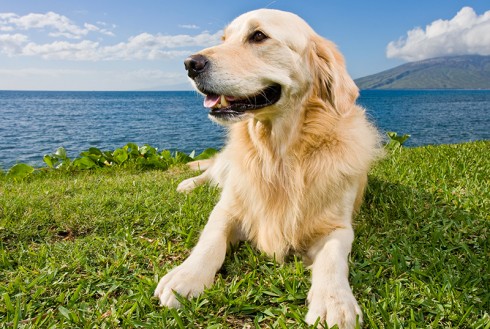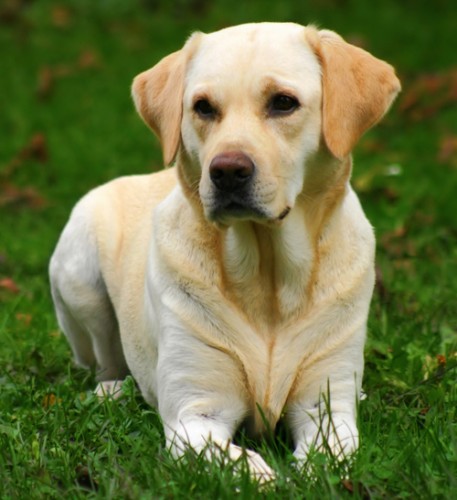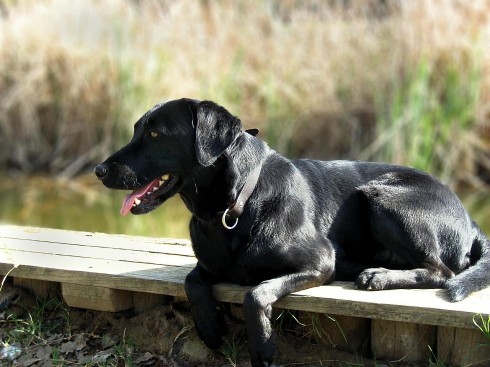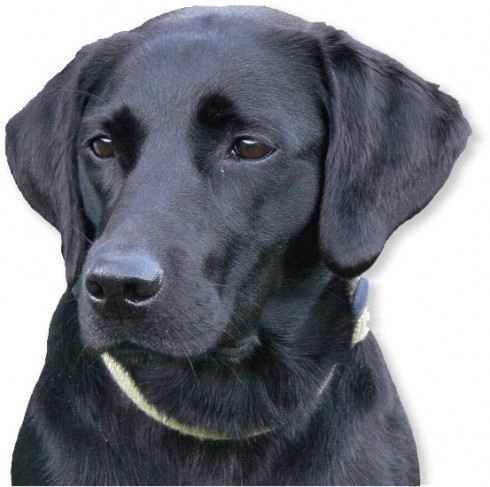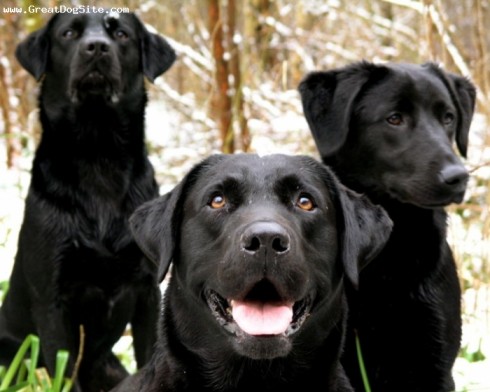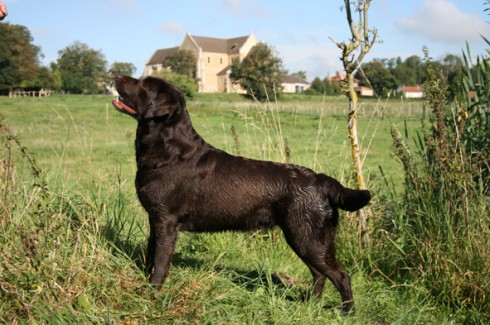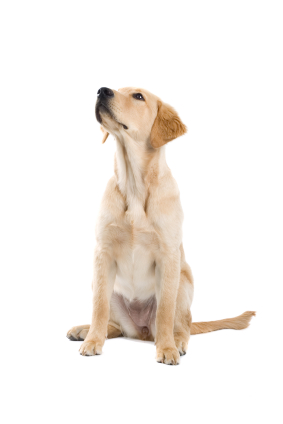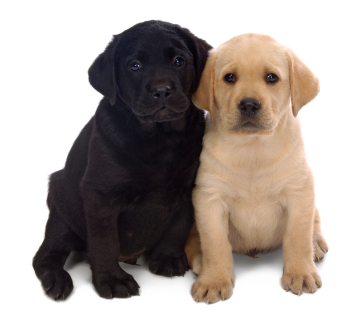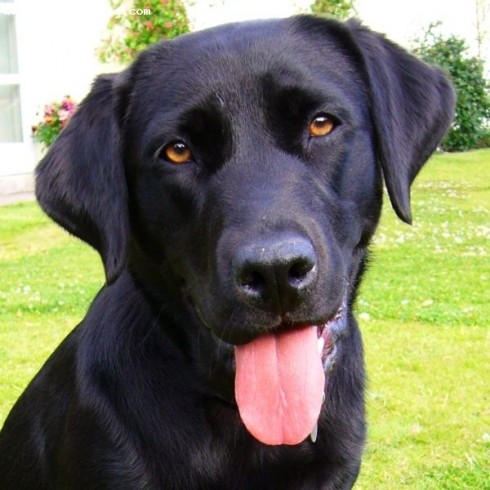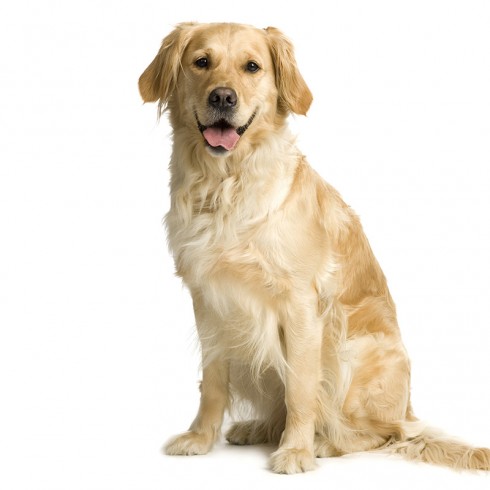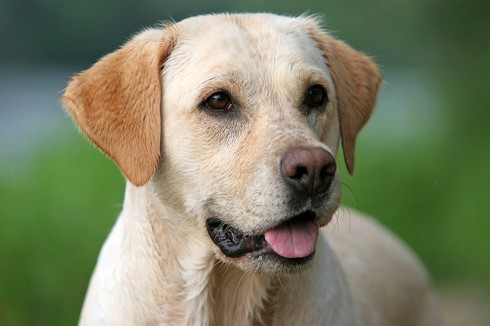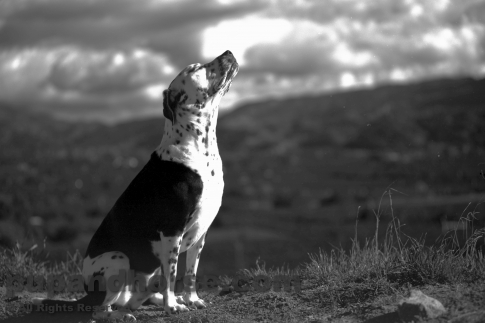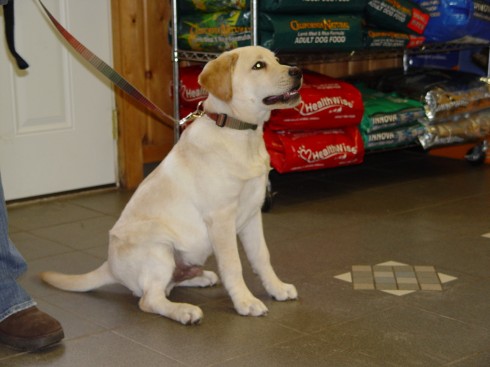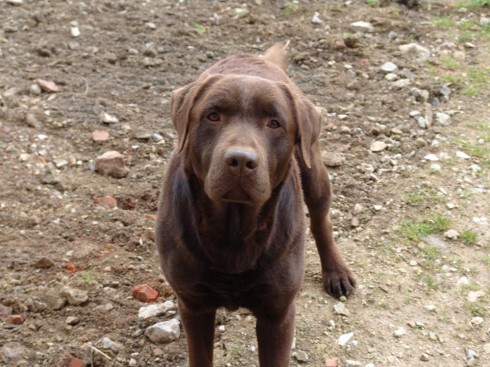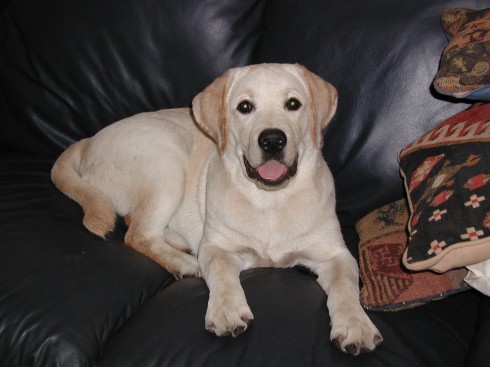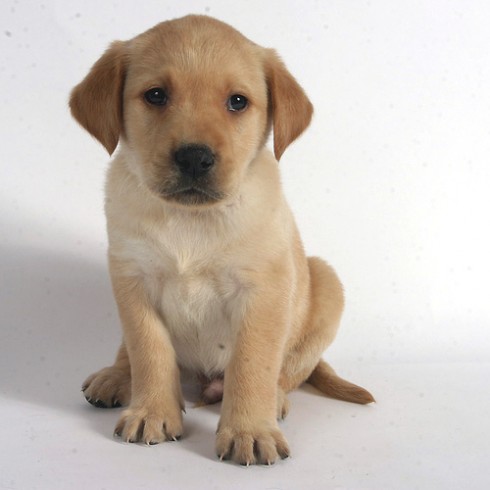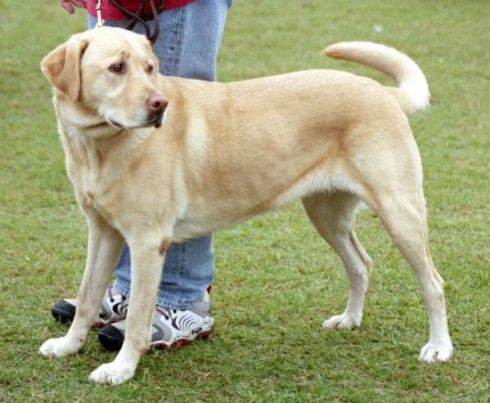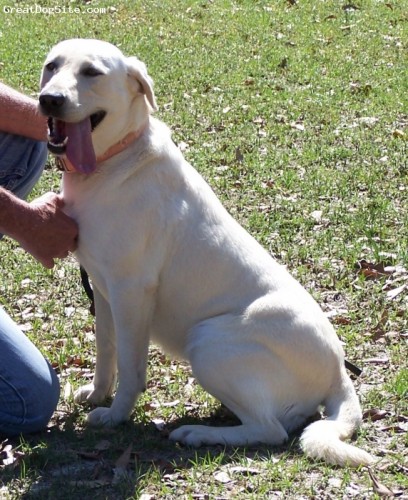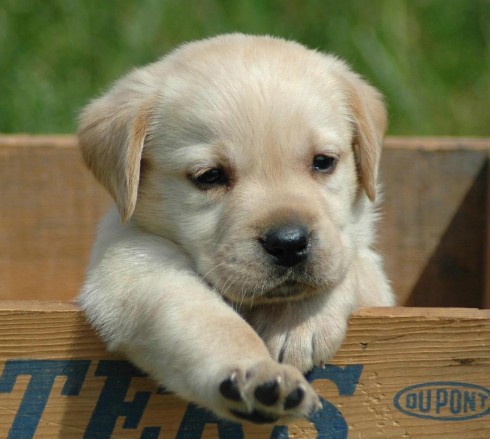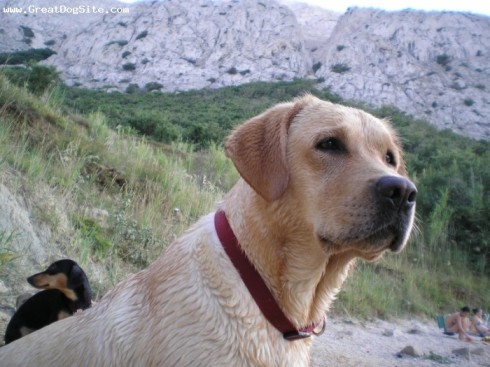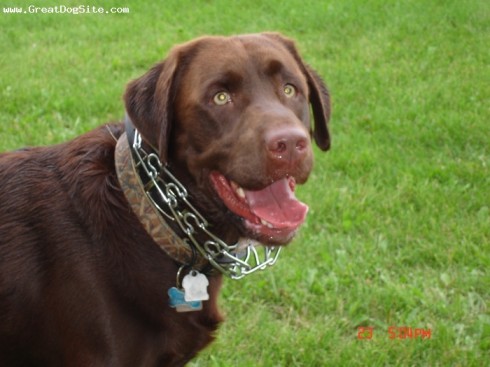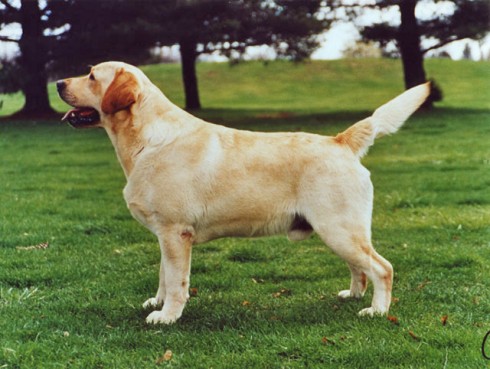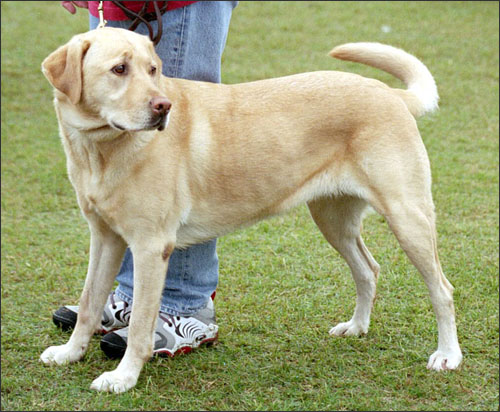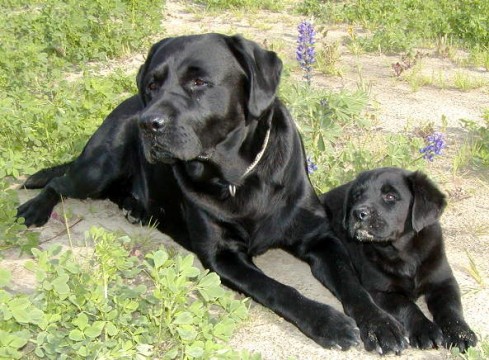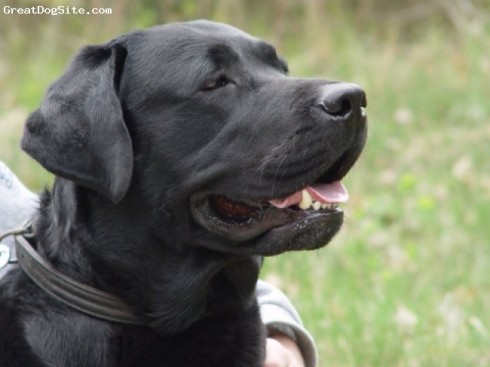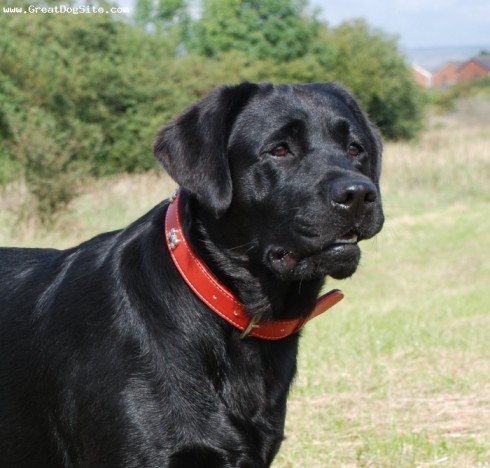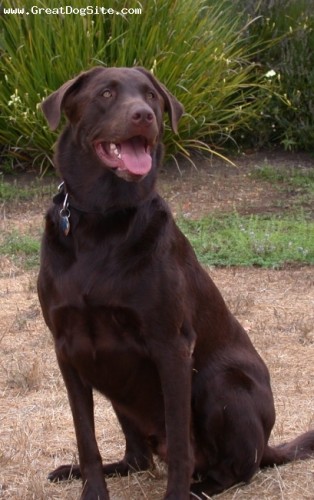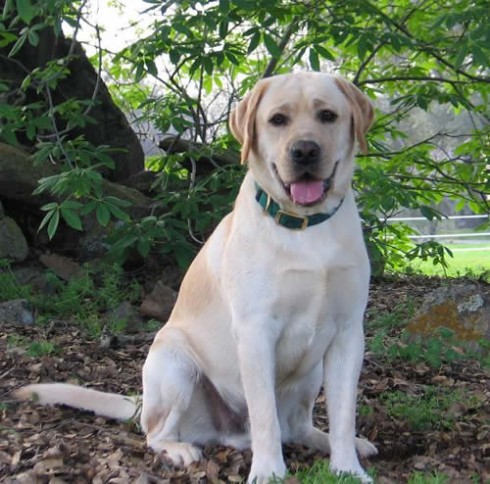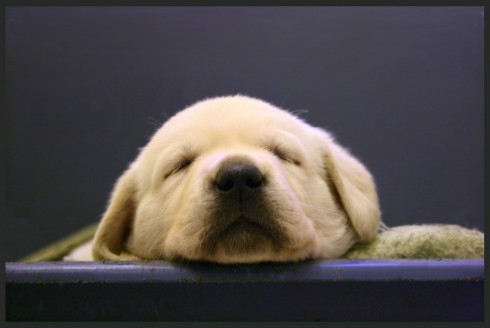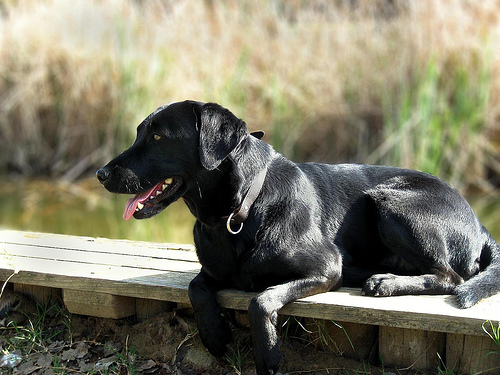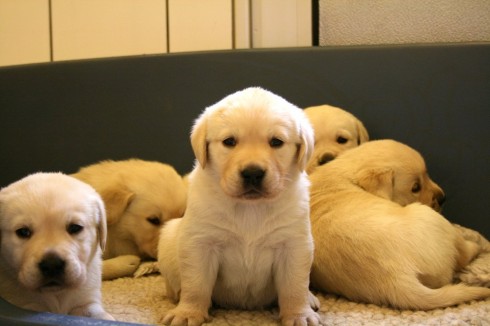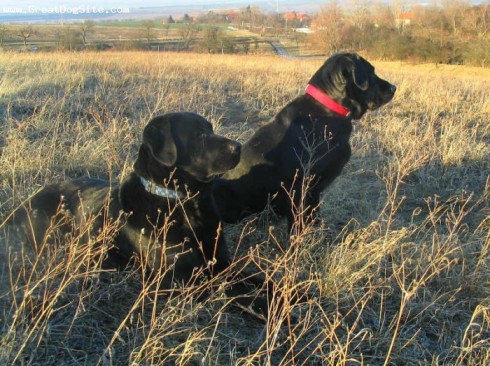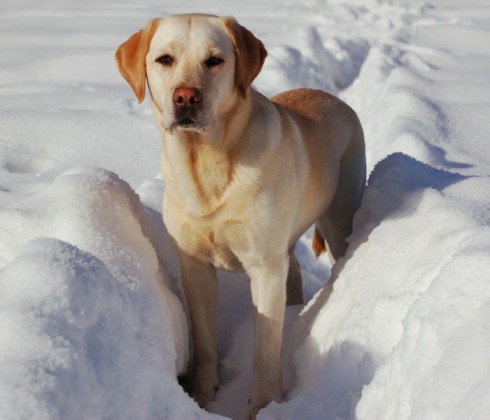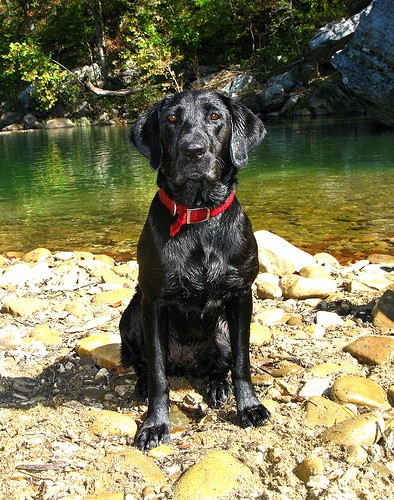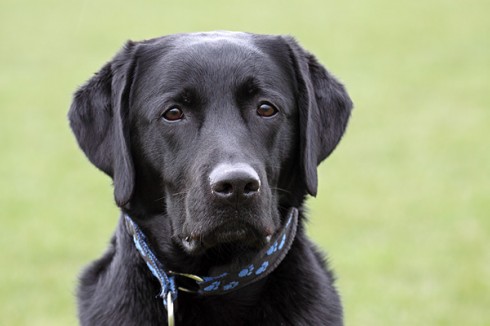Main Index
In Store
Our Web Store
Miniature Schnauzer Picture Gallery
Latest Dog Blogs
- What Are The Basic Commands To Train A Dog?
- PaySafe As The Most Popular Type Of Deposit
- Everything You Need To Know About Pet Sales
- Dogs Contribute To Our Physical And Mental Well Being
- How To Choose Where To Bet On Greyhounds In 2022
- Volunteer With Animals - How To Help Dogs Around The World
- Basic Understanding Of The House Edge
- Why You Should Get A Dog
- Top 20 Popular Dog Names Around The World
- Constipation in Dogs and How to Find Solutions
Labrador Retriever
Labrador Retriever Picture Gallery
Labrador Retriever Clubs/Associations
The Full Labrador Retriever Description
The beloved Labrador Retriever is playful, loving to people and hardworking. The Lab can be counted on as a true friend anytime, anyplace, and is highly respected for his prowess at many jobs: as a guide dog for the disabled, a search-and-rescue dog, and for drugs detection.
Did you know?
The Labrador Retriever did not come from Labrador, but from Newfoundland.
The Labrador Retriever is one of the prime breeds selected as guide and rescue dogs.
So you want to own a Labrador Retriever?
The Labrador Retriever is gentle with children and the elderly. If it is intended as a pet, keep in mind that Labrador puppies are full of energy.
The Labrador Retriever has a stable temperament and adapts to new surroundings easily.
The Labrador Retriever is not an aggressive dog, but it will bark to ward off strangers.
Indicative Breed Standard
General Appearance
Strongly built, short-coupled, very active; broad in skull; broad and deep through chest and ribs; broad and strong over loins and hindquarters.
Characteristics
Good-tempered, very agile. Excellent nose, soft mouth; keen love of water. Adaptable, devoted companion.
Temperament
Intelligent, keen and biddable, with a strong will to please. Kindly nature, with no trace of aggression or undue shyness.
Head and Skull
Skull broad with defined stop; clean-cut without fleshy cheeks. Jaws of medium length, powerful not snipy. Nose wide, nostrils well developed.
Eyes
Medium size, expressing intelligence and good temper; brown or hazel.
Ears
Not large or heavy, hanging close to head and set rather far back.
Mouth
Jaws and teeth strong with a perfect, regular and complete scissor bite, i.e. upper teeth closely overlapping lower teeth and set square to the jaws.
Neck
Clean, strong, powerful, set into well placed shoulders.
Forequarters
Shoulders long and sloping. Forelegs well boned and straight from elbow to ground when viewed from either front or side.
Body
Chest of good width and depth, with well sprung barrel ribs. Level topline. Loins wide, short-coupled and strong.
Hindquarters
Well developed, not sloping to tail; well turned stifle. Hocks well let down, cowhocks highly undesirable.
Feet
Round, compact; well arched toes and well developed pads.
Tail
Distinctive feature, very thick towards base, gradually tapering towards tip, medium length, free from feathering, but clothed thickly all round with short, thick, dense coat, thus giving ‘rounded’ appearance described as ‘Otter’ tail. May be carried gaily but should not curl over back.
Gait/Movement
Free, covering adequate ground; straight and true in front and rear.
Coat
Distinctive feature, short dense without wave or feathering, giving fairly hard feel to the touch; weather-resistant undercoat.
Colour
Wholly black, yellow or liver/chocolate. Yellows range from light cream to red fox. Small white spot on chest permissible.
Size
Ideal height at withers: dogs: 56-57 cms (22-221/2 ins); bitches: 55-56 cms (211/2-22 ins).
Resources
An excellent website for everything Labrador Retriever related is in the US at Labrador Training HQ.
About Our Article Directory
- Article
- 27 November 2010
- 2 comments
Canis lupus familiaris
- Breed Article
- 29 May 2010
- No comments
The Top Ten Best Dog Breeds For You And Your Children
- Article
- 14 February 2010
- No comments
Quick Search
Donate
Latest Dog Pods
- Tips on How to Stop Your Dog from Biting
- Beware - Not All Advertised Dog Rescues Really Are! How Can You Know The Truth?
- Helpful Tips For Dog Obedience Problems
- How to Keep Dogs From Eating Poop
- Dog Grooming Tips - A General Overview of the Very Basics of Dog Grooming
- Recognising Different Types of Dog Obedience Problems
- 5 Important Tips On Feeding A Puppy


